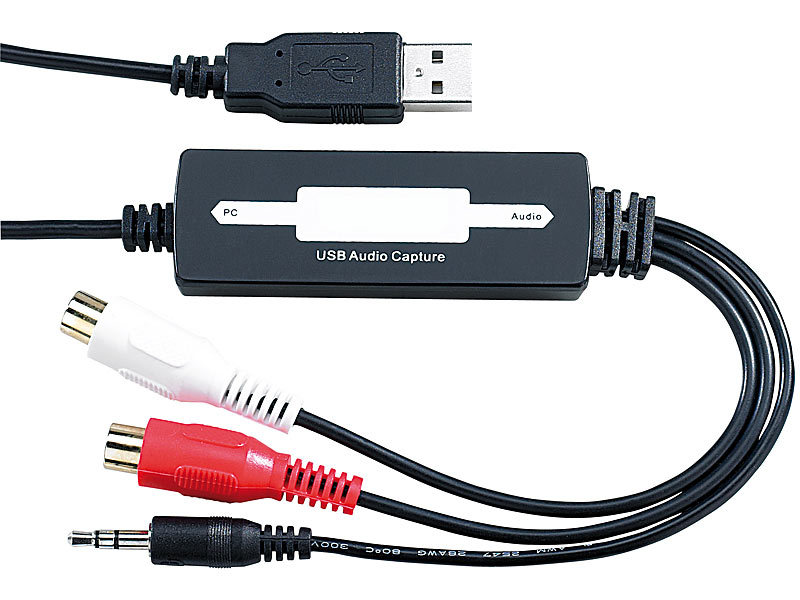
I downloaded the demo version of TapeDeck, and was immediately stunned by its interface which exactly mimics a portable cassette recorder. To record with TapeDeck, you must have a built-in microphone, use device plugged into your Mac's line-in port (such as a microphone, record player, etc.), or another audio input device (USB input, Bluetooth headset, etc.). m4a audio files, so you can copy them into iTunes and synchronize them with your iPod, or email tapes to others. TapeDeck has these too, but they're full-text searchable. An audiocassette has a label (where you can write a little bit) and a case liner (where you can write a lot).You can adjust the recording quality to trade file size for recording length. TapeDeck's recording quality is far better than that of an audiocassette.In much the same way that digital cameras made film "free," TapeDeck makes tapes "free": you'll never run out of tape (until you run out of disk space).Of course, TapeDeck improves on the traditional tape recorder in a number of ways:


You cannot record over an existing tape clicking Record automatically starts a new tape for you.Every recording you ever make is immediately saved in the box of Tapes.You're never more than a single mouse click (or keystroke) away from making a new recording, which are called, unsurprisingly, "tapes." TapeDeck records directly to compressed MP4-AAC audio, making it equally useful for quick high-fidelity samples or hours and hours of lecture.Īs you can see, TapeDeck was designed to emulate a real cassette tape recorder (perhaps you have a similar model in your basement), but with a few key differences: TapeDeck is a new audio recorder exclusively for OS X, designed with a quick-capture workflow in mind.


 0 kommentar(er)
0 kommentar(er)
